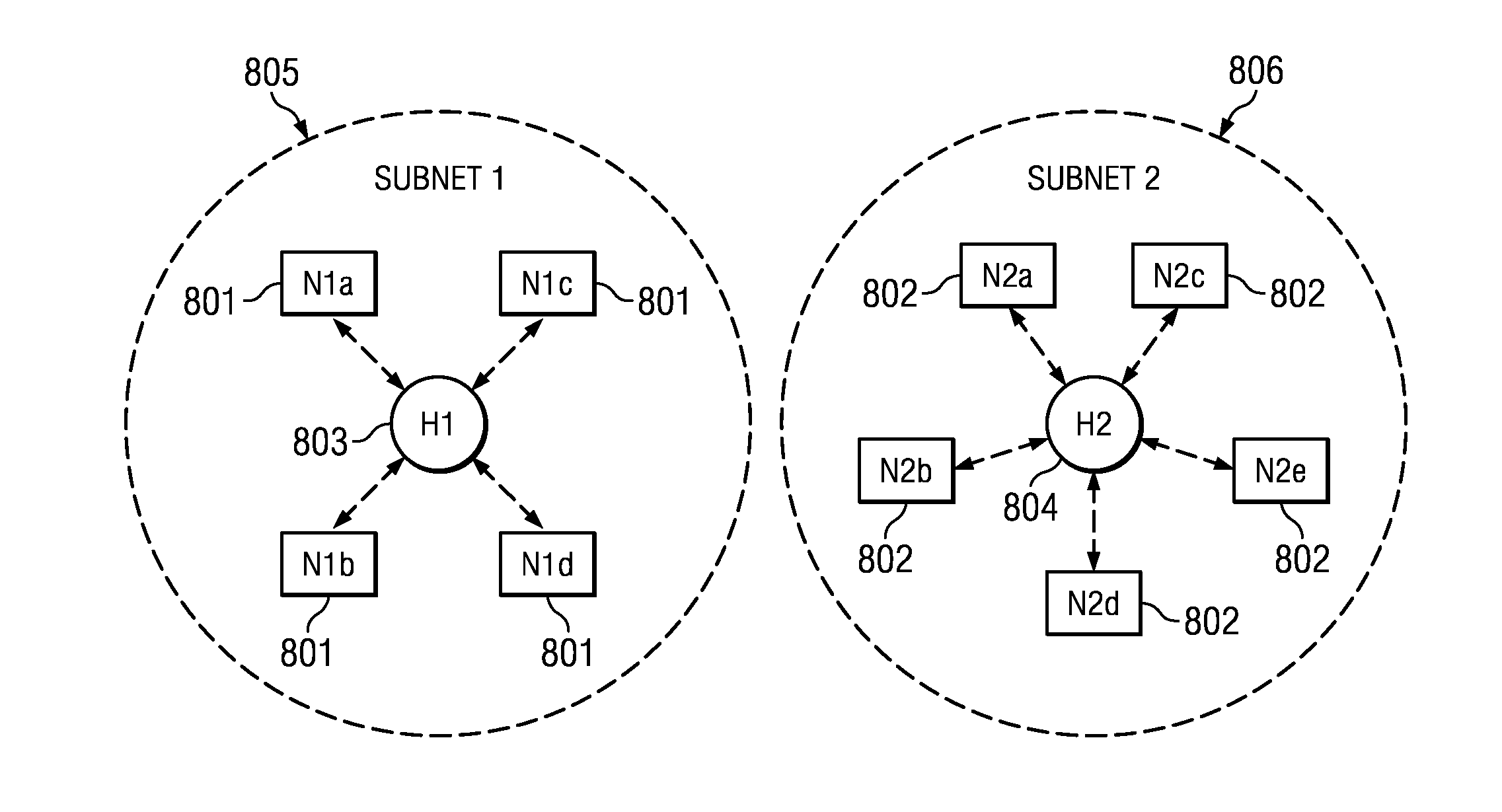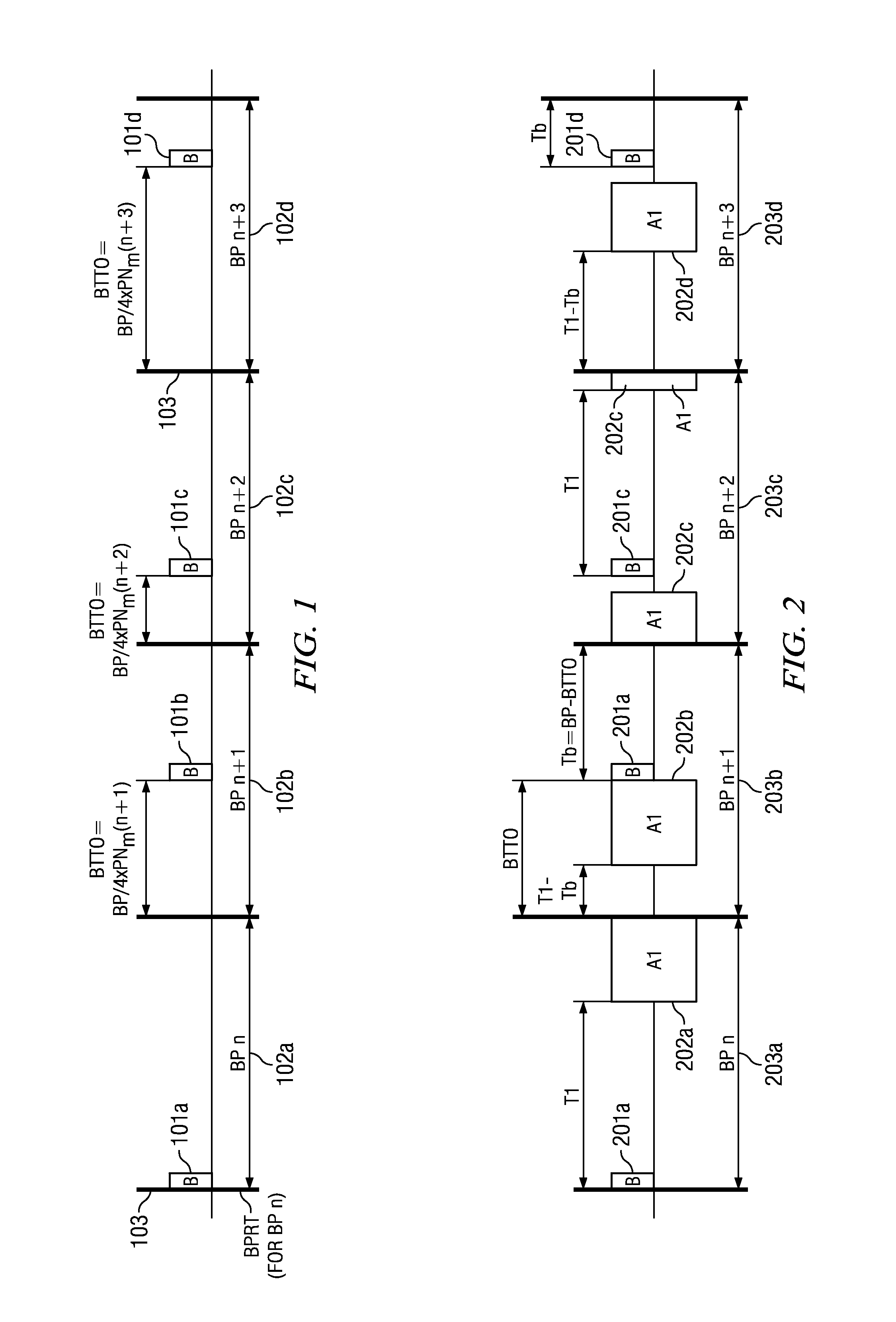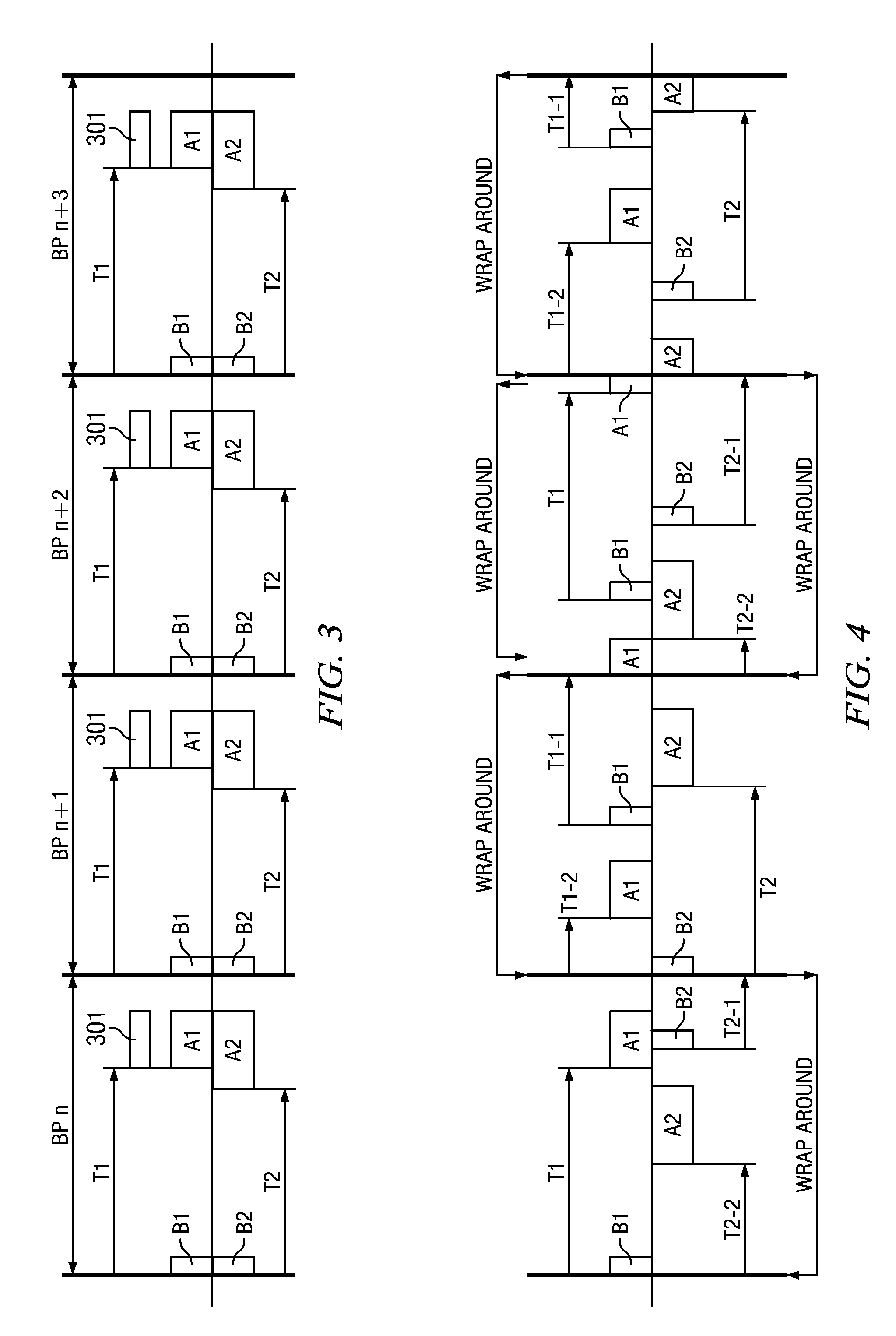Mitigation of Interference Between Wireless Networks
a wireless network and interference technology, applied in the direction of wireless communication services, wireless commuication services, electrical equipment, etc., can solve problems such as inter-network interference, and achieve the effect of preventing or minimizing inter-network interferen
- Summary
- Abstract
- Description
- Claims
- Application Information
AI Technical Summary
Benefits of technology
Problems solved by technology
Method used
Image
Examples
Embodiment Construction
[0019]The invention now will be described more fully hereinafter with reference to the accompanying drawings. This invention may, however, be embodied in many different forms and should not be construed as limited to the embodiments set forth herein. Rather, these embodiments are provided so that this disclosure will be thorough and complete, and will fully convey the scope of the invention to those skilled in the art. One skilled in the art may be able to use the various embodiments of the invention.
[0020]In one embodiment, a group of wireless devices form an ad hoc network with one of the devices acting as a network hub. Among other functions, the hub is responsible for coordinating the transmission time of each of the nodes in the network and for resolving transmission time conflicts to prevent or minimize intra-network interference.
[0021]The hub transmits a beacon frame B that is used as a reference point by the nodes within the hub's network to determine each respective node's ...
PUM
 Login to View More
Login to View More Abstract
Description
Claims
Application Information
 Login to View More
Login to View More - R&D
- Intellectual Property
- Life Sciences
- Materials
- Tech Scout
- Unparalleled Data Quality
- Higher Quality Content
- 60% Fewer Hallucinations
Browse by: Latest US Patents, China's latest patents, Technical Efficacy Thesaurus, Application Domain, Technology Topic, Popular Technical Reports.
© 2025 PatSnap. All rights reserved.Legal|Privacy policy|Modern Slavery Act Transparency Statement|Sitemap|About US| Contact US: help@patsnap.com



